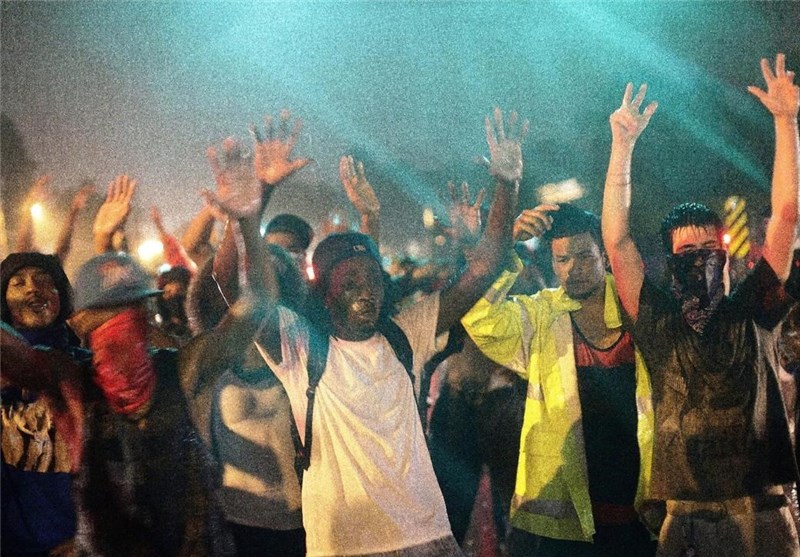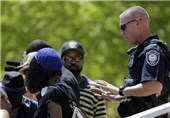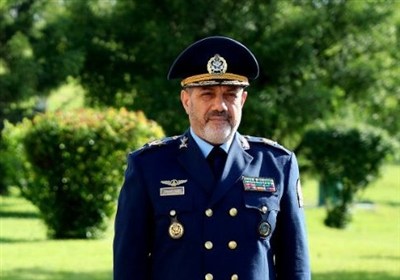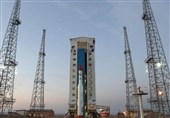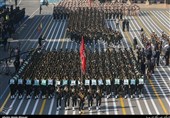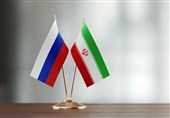Ferguson No-Fly Zone Aimed at Media
TEHRAN (Tasnim) - The US government agreed to a police request to restrict more than 37 square miles of airspace surrounding Ferguson for 12 days for safety, but audio recordings show that local authorities privately acknowledged the purpose was to keep away news helicopters during street protests.
On Aug. 12, the morning after the Federal Aviation Administration imposed the first flight restriction, FAA air traffic managers struggled to redefine the flight ban to let commercial flights operate at nearby Lambert-St. Louis International Airport and police helicopters fly through the area — but ban others.
"They finally admitted it really was to keep the media out," said one FAA manager about the St. Louis County Police in a series of recorded telephone conversations obtained by The Associated Press. "But they were a little concerned of, obviously, anything else that could be going on.
At another point, a manager at the FAA's Kansas City center said police "did not care if you ran commercial traffic through this TFR (temporary flight restriction) all day long. They didn't want media in there."
FAA procedures for defining a no-fly area did not have an option that would accommodate that, AP reported.
"There is really ... no option for a TFR that says, you know, 'OK, everybody but the media is OK,'" he said. The managers then worked out wording they felt would keep news helicopters out of the controlled zone but not impede other air traffic.
The conversations contradict claims by the St. Louis County Police Department, which responded to demonstrations following the shooting death of 18-year-old Michael Brown, that the restriction was solely for safety and had nothing to do with preventing media from witnessing the violence or the police response.
Police said at the time, and again as recently as late Friday to the AP, that they requested the flight restriction in response to shots fired at a police helicopter.
But police officials confirmed there was no damage to their helicopter and were unable to provide an incident report on the shooting. On the tapes, an FAA manager described the helicopter shooting as unconfirmed "rumors."
The AP obtained the recordings under the US Freedom of Information Act. They raise serious questions about whether police were trying to suppress aerial images of the demonstrations and the police response by violating the constitutional rights of journalists with tacit assistance by federal officials.
Such images would have offered an unvarnished view of one of the most serious episodes of civil violence in recent memory.
"Any evidence that a no-fly zone was put in place as a pretext to exclude the media from covering events in Ferguson is extraordinarily troubling and a blatant violation of the press's First Amendment rights," said Lee Rowland, an American Civil Liberties Union staff attorney specializing in First Amendment issues.
FAA Administrator Michael Huerta said in a statement Sunday his agency will always err on the side of safety. "FAA cannot and will never exclusively ban media from covering an event of national significance, and media was never banned from covering the ongoing events in Ferguson in this case."
